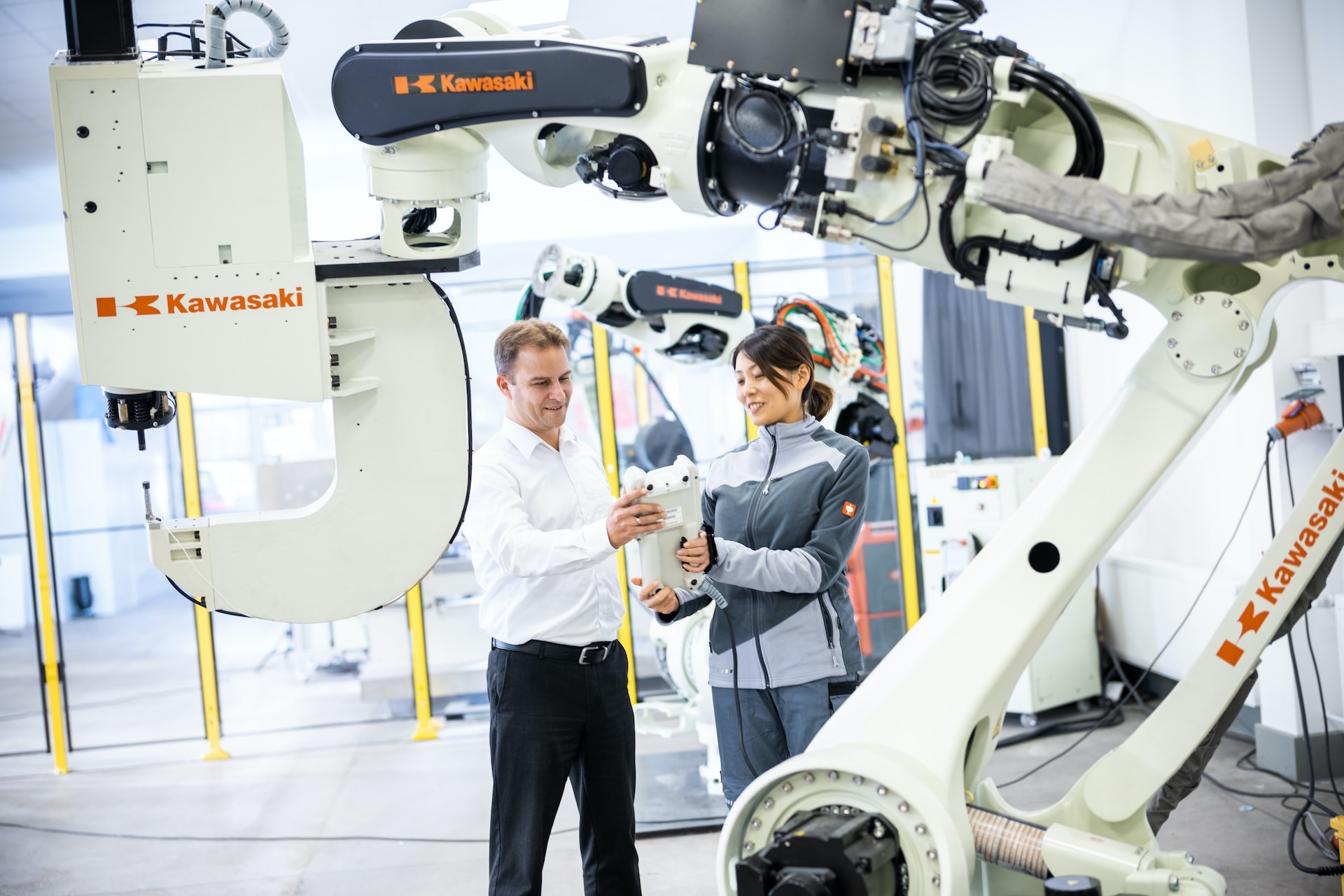
What is Supervised Machine Learning?
November 23, 2022 - Ellie Gabel
Revolutionized is reader-supported. When you buy through links on our site, we may earn an affiliate commission. Learn more here.
What is supervised machine learning? What role does it play in the grand scheme of AI-powered machine learning? Let’s discuss the basics of supervised learning and some real-world applications.
An Overview of Supervised Machine Learning
Supervised machine learning is an algorithm model training strategy that involves close human supervision, as the name suggests. The supervisors constantly add new input data with a particular output, training the model until it can detect the patterns between the input and output data.
If the training goes as planned, the model will gain the ability to read new data and yield accurate results without human supervision. Two main data mining techniques are responsible for the success of supervised learning:
- Classification: the algorithm must assign test data to different categories and create detailed descriptions of each category.
- Regression: the algorithm learns the difference between dependent and independent variables, which helps it make more accurate projections.
Supervised learning is a game of give and take between the human developers and the machine’s artificial intelligence. The developers feed the machine new information, then the machine classifies it into a group and determines whether or not it impacts the developers’ desired outcome.
As the supervision process goes on, developers can provide feedback just as a teacher does to a student. Other types of machine learning such as unsupervised and reinforcement learning rely more on the natural, unaided development of algorithms.
Pros and Cons
Supervised learning has one major advantage over other learning techniques: it allows the developers to collect data and produce new outputs based on previous experiences. With humans establishing labels for the new outputs, the algorithm is more likely to make rational human-based judgments and predictions.
However, since supervised machines rely so much on humans, they can have trouble processing new information. For example, let’s say a machine’s job is to differentiate between sedans, SUVs and trucks. If the developers presented the machine with a motorcycle, it would still put the motorcycle into one of the three categories.
On the other hand, unsupervised machines will recognize a new category of vehicle and set it apart from the rest of the data. Supervised machines always refer back to the information that the developers provide, while unsupervised machines think more independently.
Thankfully, we have a happy medium between the two extremes: semi-supervised learning. This technique gives machines the best of both worlds. It enables the built-in AI to identify differences between new data points, while still making accurate classifications and predictions based on the data labeled by humans.
Examples of Supervised Machine Learning
Developers in supervised learning primarily use programs like Python and R to run their algorithms. Here are some of the most common examples of supervised learning in action:
Neural Networks
This algorithm mimics human brain activity through layers of nodes, hence the name. Each node contains a specific input and threshold. If the output exceeds the threshold, the node activates and sends the data along to the next layer. Neural networks are often used to recognize features like faces, handwriting and different types of vehicles in self-driving cars.
Native Bayes
Native bayes algorithms operate based on the Bayes Theorem of class conditional independence, enabling them to categorize data with greater accuracy. They’re often used for spam identification, filtering recommended content and other classification tasks.
Linear Regression
Linear regression algorithms determine the relationship between one dependent variable and multiple independent variables. It’s a classic experimental strategy used in a wide variety of fields, from STEM to digital marketing. For example, businesses often use linear regression to understand the relationship between advertising and revenue.
Random Forest
This type of algorithm contains a “forest” of unrelated decision trees that the AI must sort through to reduce their variance and make accurate predictions. It’s arguably the best model for dealing with large data sets that are open to interpretation. Sorting emails into the spam folder is a common example.
Taking Machine Learning to New Heights
So, what is supervised machine learning? It’s an AI training strategy that uses a combination of classification and regression. Despite its downsides, it’s the most hands-on approach to machine learning and has helped take our understanding of AI to new heights. Look for more industries and businesses to use supervised learning to improve operations in the near future.
Revolutionized is reader-supported. When you buy through links on our site, we may earn an affiliate commission. Learn more here.
Author
Ellie Gabel
Ellie Gabel is a science writer specializing in astronomy and environmental science and is the Associate Editor of Revolutionized. Ellie's love of science stems from reading Richard Dawkins books and her favorite science magazines as a child, where she fell in love with the experiments included in each edition.







